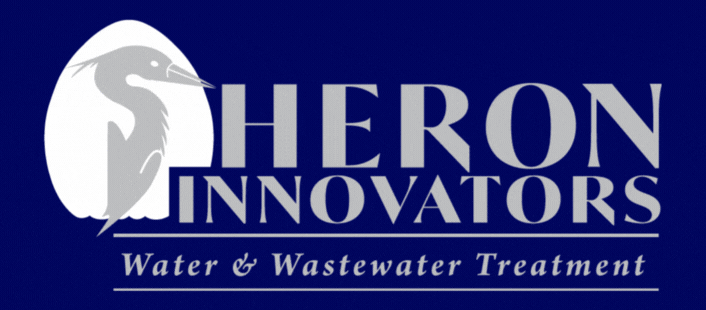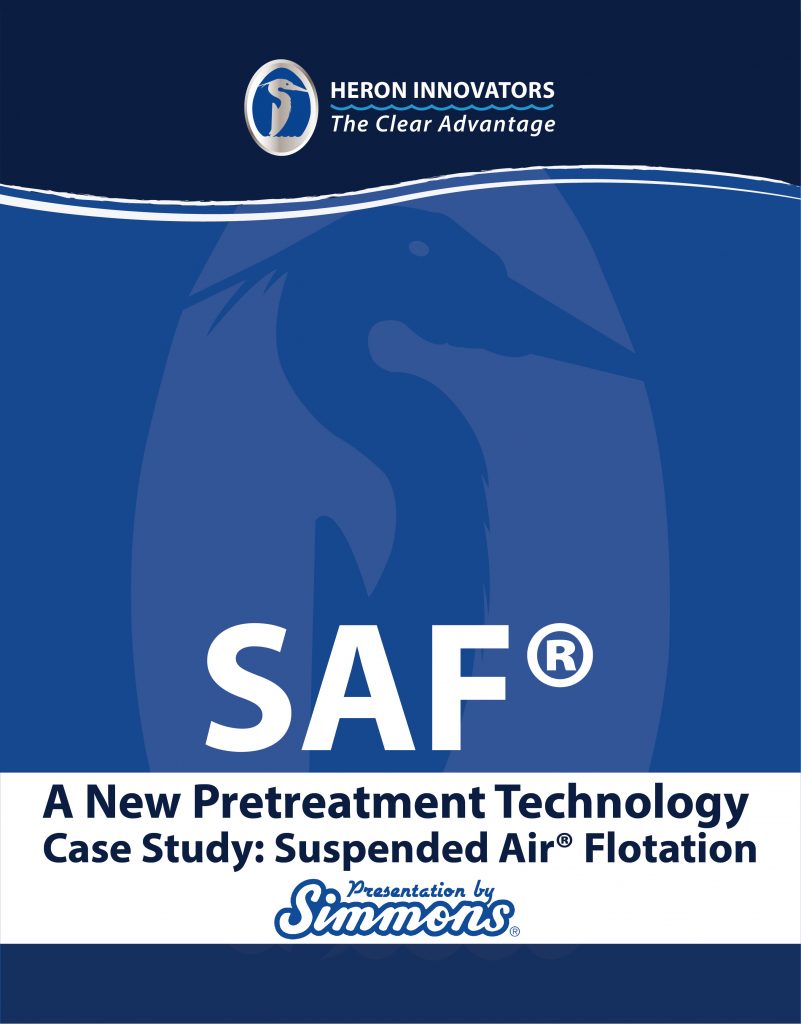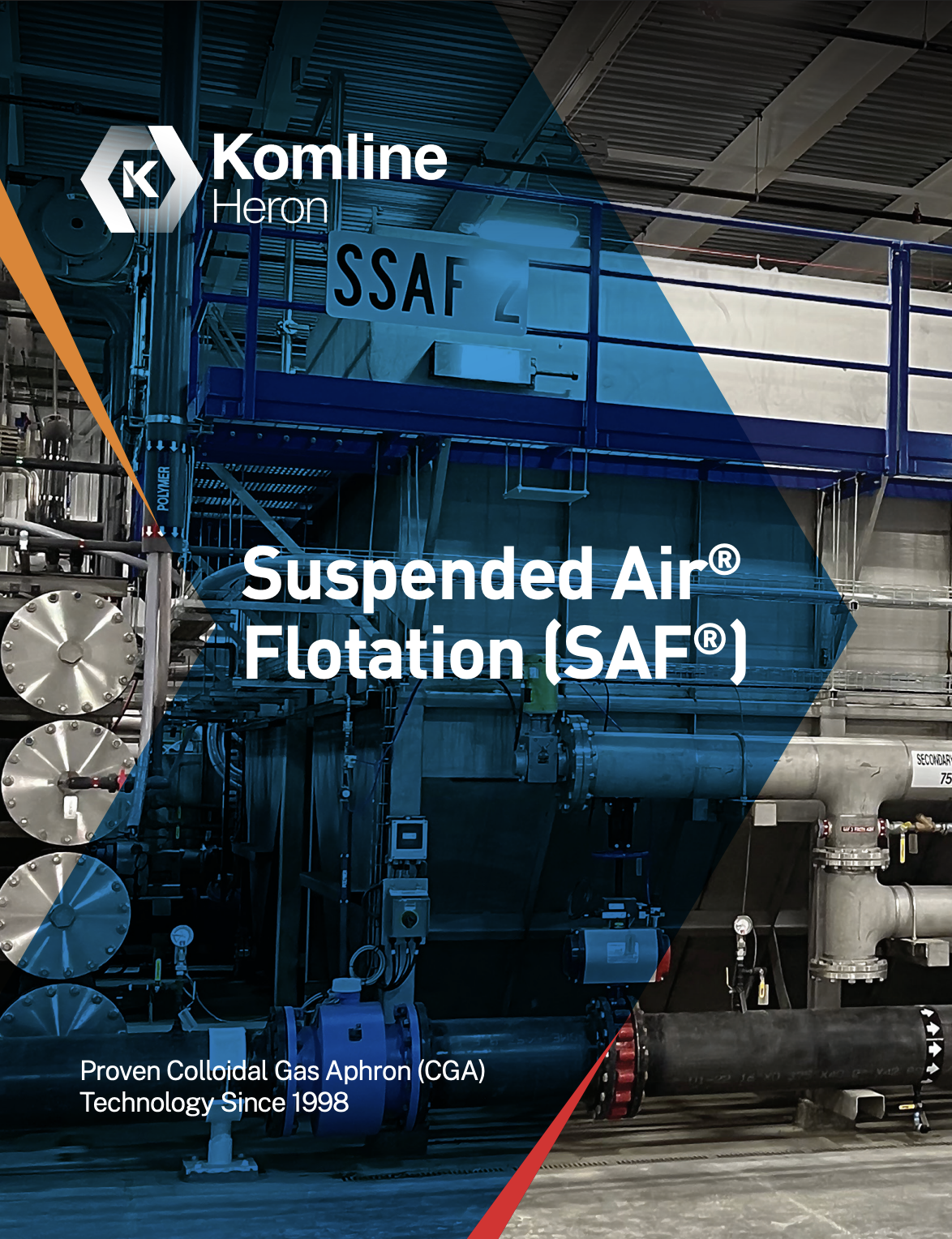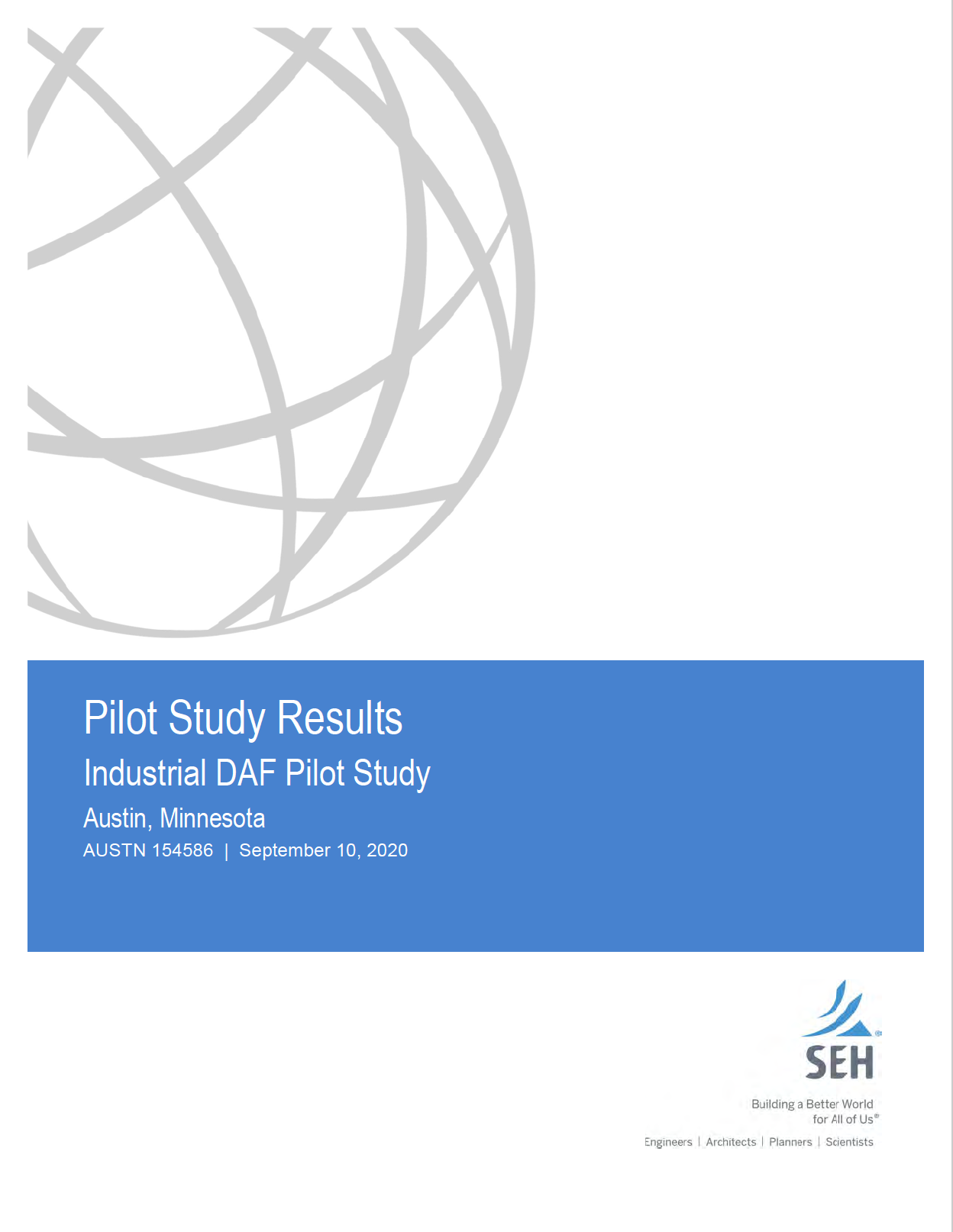INNOVATIVE WATER & WASTEWATER TREATMENT
Heron Innovators, Inc. manufactures Suspended Air® Flotation (SAF®) water treatment systems. SAF® is flotation without dissolved air®. Performance is not limited by changing conditions (e.g. gas solubility, pressure, temperature, etc.) and the physics that constrain traditional process systems, such as dissolved air flotation (DAF), induced air flotation (IAF), Induced Gas Flotation (IGF), enhanced clarification, cavitation air flotation (CAF), and other micro-bubble generators. As Heron customers say, “It just always works.”
Common Uses For SAF®:
- Algae and Silt Removal
- Biosolids Removal & Thickening
- Enhanced Clarification
- Filtrate Clarification
- Oil/Water Separation
- Primary/Secondary Treatment
- Surface Water Treatment
- Wastewater Reclamation


















